24 December 2024
Have you ever played a game and thought, "Man, this would be so much cooler if I could change this or add that!"? Well, guess what? You can! Welcome to the world of modding—a space where creativity knows no bounds and games evolve into something completely unique through your personal touch. If you’ve been curious about how to create your own custom mods for any game, you’ve come to the right place. Let’s break it down step by step, so even if you’re a beginner, you’ll get a handle on how to mod like a pro.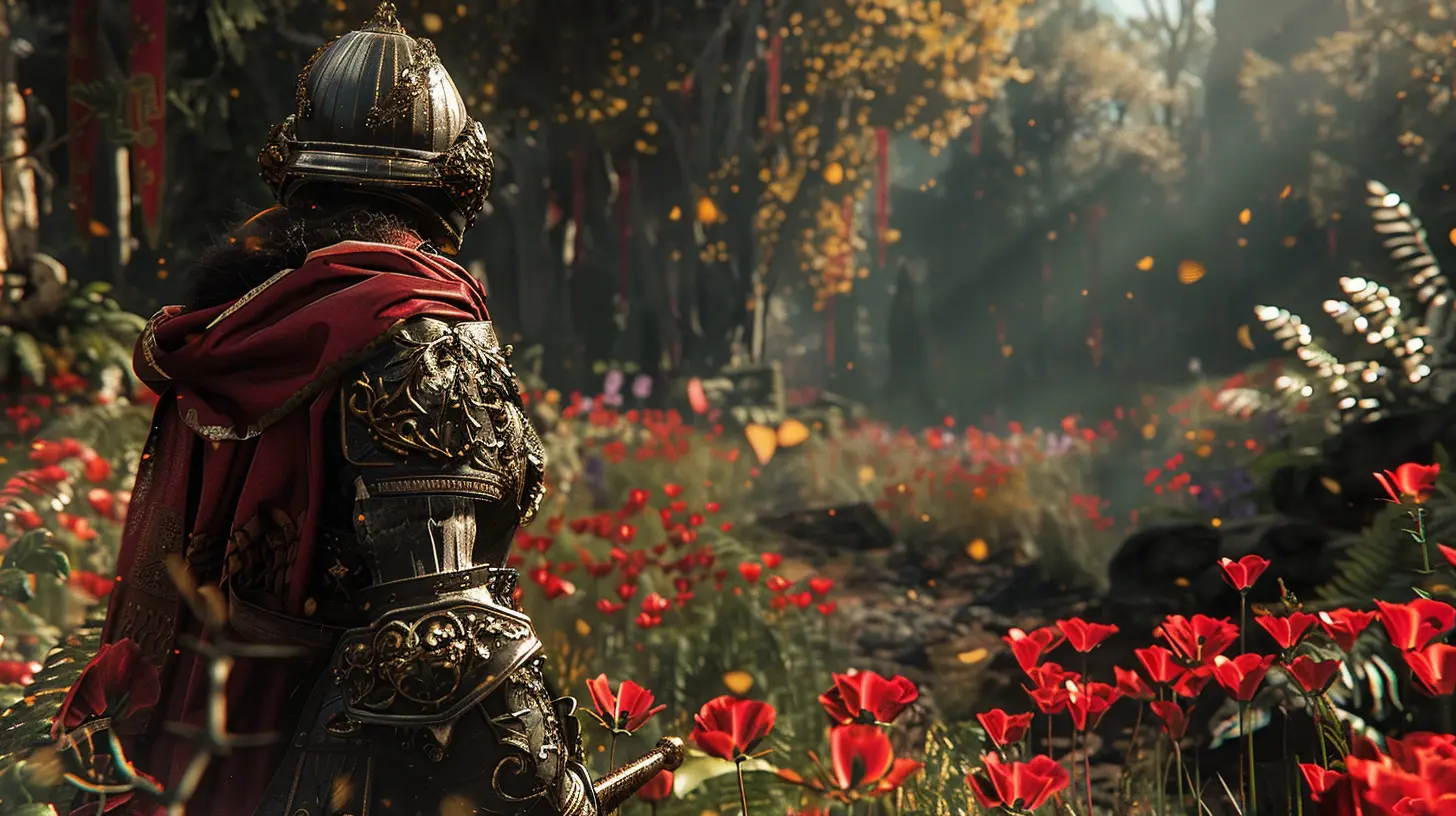
What Are Mods Anyway?
Mods (short for modifications) are like bonus features or tweaks that players create for games. They can range from small adjustments like changing the color of a character’s outfit to massive overhauls that create entirely new stories and environments. Basically, mods are all about personalizing the gaming experience.Think of it like decorating a plain room—you’ve got the foundation (the game itself), but you can add your posters, lamps, and rugs to make it truly yours. That’s what mods do for games. They let you add your own flair.
Why Make Your Own Mods?
So, why bother making your own mods when there are already tons out there? Great question! Here are a few reasons:- Creative Freedom: Imagine turning your wildest gaming ideas into reality. It’s addictive!
- Learning Experience: Modding teaches you coding, 3D modeling, and design—all valuable skills.
- Community Impact: Sharing your mods can grow a fanbase and help you connect with like-minded players.
- Bragging Rights: Let’s be real—nothing feels better than showing off something cool you made.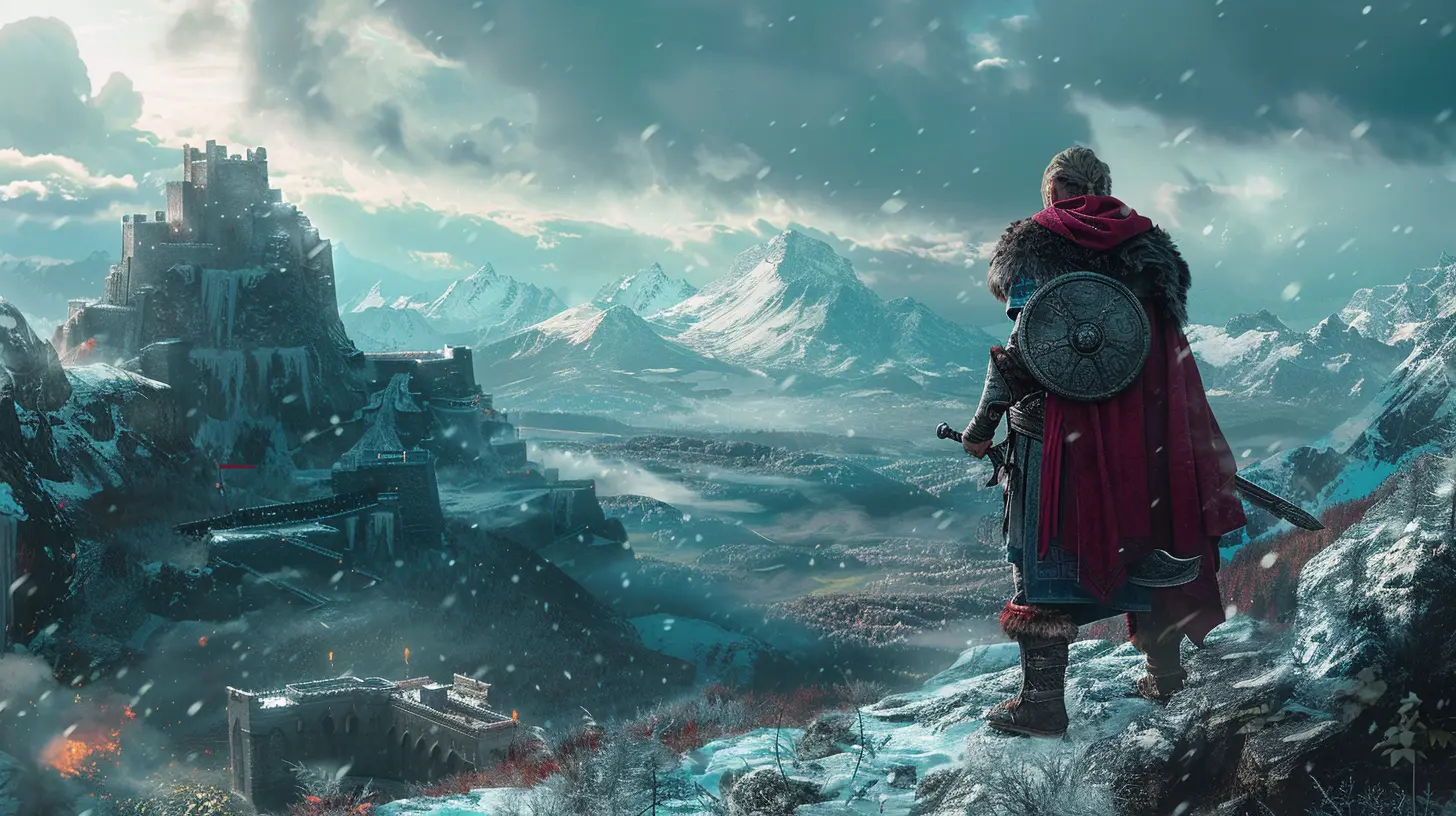
What Tools Do You Need?
Before you dive into modding, you’ll need some tools. Luckily, a lot of them are free! Here’s a quick list to get you started:1. Game-Specific Modding Tools: Many games, like Skyrim or Minecraft, offer modding tools designed just for that game. Look up whether the game you want to mod has its own kit.
2. Code Editors: Programs like Visual Studio Code or Notepad++ help you edit the game files or scripts. These are your bread and butter for coding.
3. 3D Modeling Software: Want to create custom characters, weapons, or objects? Tools like Blender (free) or Maya (paid) are great options.
4. Image Editors: Programs like Photoshop or GIMP help if you’re modifying textures or creating graphics.
5. Community Forums: Not technically a tool, but forums like Nexus Mods, Discord servers, and Reddit communities are goldmines for guidance.
Step-by-Step Guide to Creating Custom Mods
Now that you’ve got your tools, let’s walk through the process of creating a custom mod. Don’t worry—it’s not as intimidating as it sounds!1. Pick the Right Game
Not every game is mod-friendly. Some developers encourage modding (shoutout to Bethesda and CD Projekt Red), while others lock down their games. Before you start, pick a game with an active modding community. Why? Because a robust community means plenty of tutorials, tools, and support.2. Brainstorm Your Idea
What do you want to create? Start small. If you’re new to modding, don’t aim for an entire new game mode right away. Instead, think simple—maybe a re-texture for a character’s outfit, or swapping a weapon’s stats. Aim for something manageable to get your feet wet.Ask yourself:
- What would make this game more fun?
- What’s missing that I wish was in the game?
- What’s a cool or silly idea I’d love to see?
3. Learn the Basics
Okay, here’s the deal: modding requires a bit of technical know-how. But don’t worry; you don’t need a computer science degree to get started! Here’s what you should brush up on:- File Structures: Understand how game files are organized. You’ll often find folders for textures, scripts, and models.
- Basic Coding: Games like Skyrim use scripting languages like Papyrus, while others might rely on Python, Lua, or even C#. Don’t worry—you can start small and Google is your best friend.
- Modding Tutorials: YouTube and forums like Nexus Mods or Mod DB have step-by-step tutorials for specific games.
4. Set Up Your Workspace
Before you touch anything, back up the game files! Seriously, this is non-negotiable. Modding can sometimes break things, so it’s better to have a clean slate to go back to if something goes wrong. Copy the game files into a separate folder so you can tinker without fear.Next, install your tools (like the ones mentioned earlier) and set up a workspace on your computer. For example:
- Create a folder for your project.
- Keep all your files organized (textures, scripts, models, etc.).
5. Start Small
Let’s say you want to change the way a character looks. Here’s a simple workflow for a beginner mod:- Locate the Texture Files: These are usually .dds or .png files inside the game’s folders.
- Edit the Texture: Open it in an image editor like Photoshop or GIMP. Add designs, change colors, or do whatever you want!
- Test It: Save the modified file and replace it in the game folder. Boot up the game and see your changes in action!
6. Tweak and Troubleshoot
Modding is a lot of trial and error. If the game crashes or your mod doesn’t work as intended, don’t get discouraged. Double-check that:- File names and formats are correct.
- You’ve backed up the original files (remember that?).
- You’re following community guidelines or tutorials.
It’s all part of the learning process, and trust me, you’ll get better with practice.
7. Test the Mod
Play the game with your mod enabled. Does it work without breaking anything? Did you achieve the effect you were going for? If yes, congrats—you’ve created your first mod! If not, don’t sweat it. Go back, tweak some files, and try again.Sharing Your Creations
Once your mod is working perfectly, why keep it to yourself? Sharing your work is part of the fun. Sites like Nexus Mods or Mod DB allow you to upload your mods so others can enjoy them too. Write a brief description, provide installation instructions, and use attention-grabbing images.Just make sure you’re respecting copyright laws. If your mod uses assets from someone else, always credit the original creator or get permission.
Tips for Aspiring Modders
Before we wrap up, here are some quick tips to set you up for success:1. Start Small: Focus on easy changes before attempting something big like creating new maps or characters.
2. Join Communities: Forums and Discord servers are filled with helpful modders who can answer your questions.
3. Playtest Everything: Mods sometimes cause unexpected bugs. Make sure to test your work thoroughly.
4. Stick To Games You Love: If you’re passionate about a game, you’ll be more motivated to create.
5. Don’t Be Afraid To Fail: Modding can be challenging at first, but every mistake is a learning opportunity.
The Payoff
Creating custom mods is one of the most rewarding things you can do as a gamer. Not only do you get to personalize your favorite titles, but you also gain valuable technical skills and become part of a thriving, collaborative community. Whether you’re re-skinning characters, building new worlds, or crafting funny easter eggs, the possibilities are endless.So, what are you waiting for? Fire up your computer, grab those tools, and start modding. Who knows? Your creation could end up being the next viral hit that everyone’s talking about!

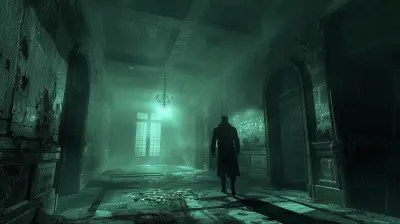
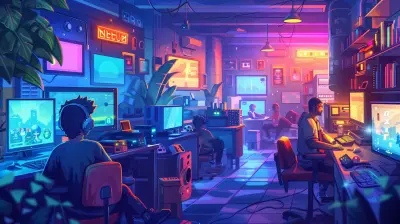
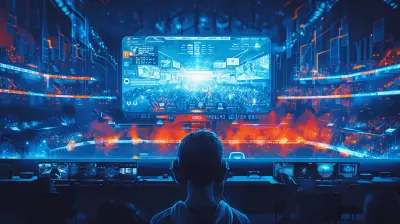

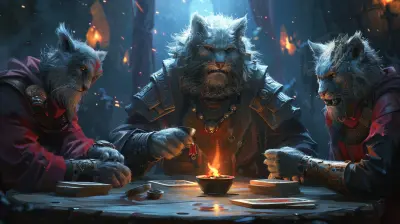
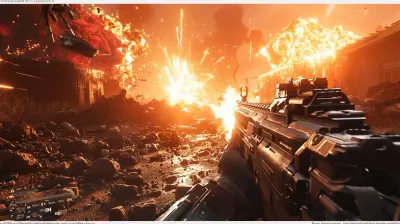
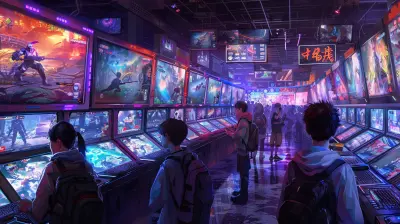
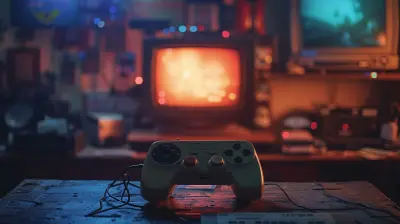

Will Heath
Great tips! Can't wait to start modding!
February 6, 2025 at 5:34 AM